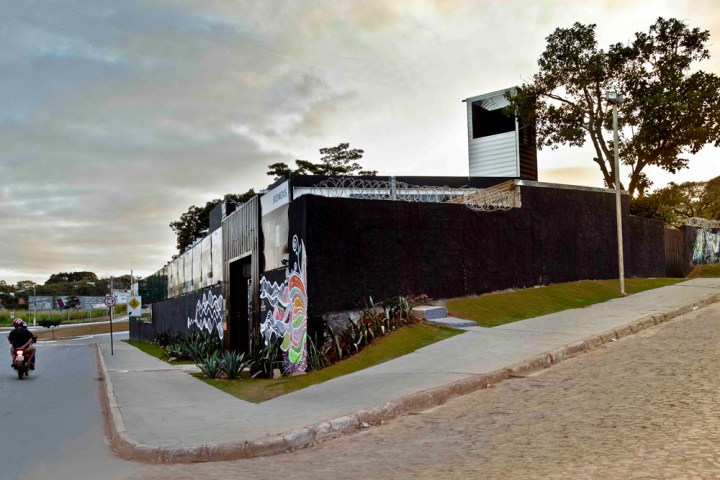
Called the Superiscopio, the periscope sits 41-feet tall making it the current record holder for biggest periscope in the world. Located in downtown Lagoa Santa, Barata precisely positioned his creation to capture a gorgeous view of the town’s local lagoon. Now that it’s installed, residents of the town have the ability to visit the periscope and enjoy a view of the lagoon which is typically obscured by city landscape.
The oversized periscope was designed by Barata and his architectural firm, Pedro Barata e Arquitetos Associados. Painted white, the periscope is balanced on its end and towers high in the air. Barata and his team cut rectangular holes into the bottom of the container, as well as the top rear, to form the shape of a traditional periscope. The working part of the structure operates via two large mirrors mounted inside the container on a wooden framework. The periscope cost the firm €5,000 (US$5,580) and took roughly a month to design and build.
Superiscopio was originally designed for the conference with plans for the structure to stay for a limited time at its current location. Considering the incredibly positive reception by city residents, Barata abandoned the original November move data and has since decided to keep it in downtown Lagoa Santa indefinitely.




